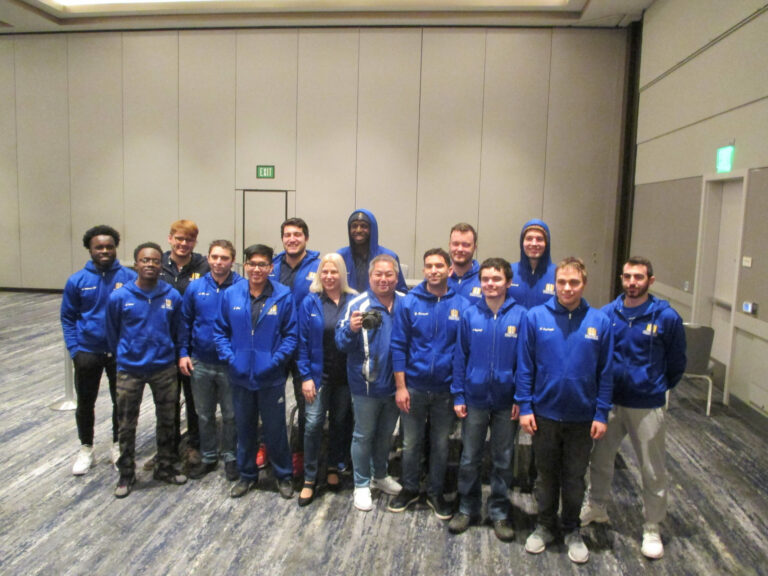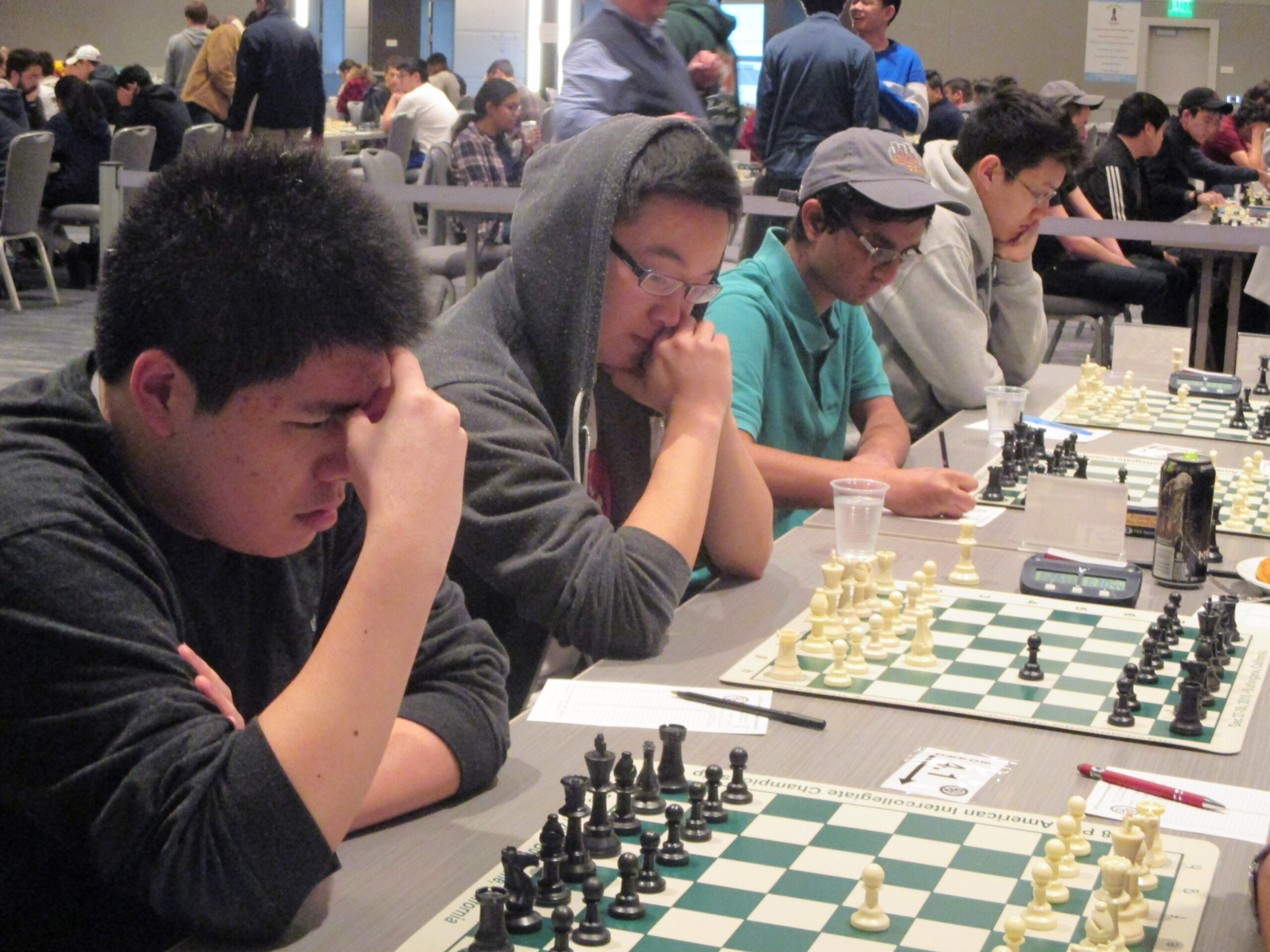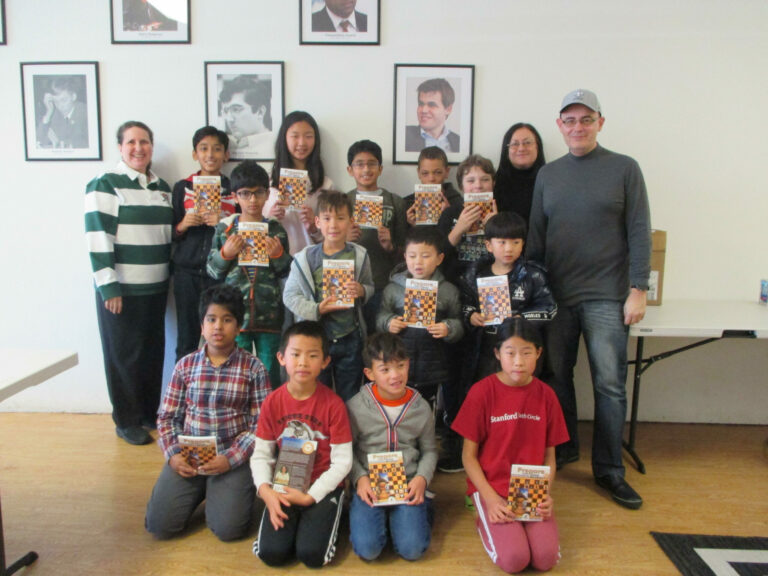From December 27-30, 2018, I attended the Pan-American Intercollegiate Team Chess Championships (Pan-Am). The Pan-Am is in different locations each year. In 2017, the tournament was in Columbus, Ohio; at the end of 2019, the Pan-Am will be in Charlotte, North Carolina. At the end of 2018, the Pan-Am was in San Francisco and organized by BayAreaChess. Webster University, coached by Grandmaster Susan Polgar, won the 2018 Pan-Am.

The top chess schools send multiple teams to the Pan-Am to increase their chances to qualify for the President’s Cup (the “Final Four of College Chess”). Webster’s “A” team finished with 5.5 of 6 match points, ahead of The University of Texas at Dallas (“A” team), Webster’s “B” team, and Harvard University, which each scored 5 of 6 match points. Of the four teams with 4.5 of 6 match points, the one with the best tiebreaks was the “A” team from The University of Texas Rio Grande Valley (UTRGV). So UTRGV will join Webster, UT Dallas, and Harvard in the President’s Cup, as each school can send just one team to the President’s Cup. Harvard’s qualifying was especially noteworthy, as Harvard had just one team in the Pan-Am and, unlike the three other schools qualifying for the 2019 President’s Cup, does not offer chess scholarships. You can read about last year’s President’s Cup here. The upcoming President’s Cup will be held April 6-7, 2019.

What is the Knight’s Tour?
Other than the Pan-Am hopping around the United States (Columbus, San Francisco, Charlotte) like a super-powered knight, why is this column about the knight’s tour? The knight’s tour is recommended by Pan-Am winning coach Susan Polgar. In her free Chess Training Guide for Parents and Teachers, Susan Polgar wrote, “Try to jump with the Knight from one square to another covering all 64 squares on the chess board, landing only once on each square.” When I taught BayAreaChess students, some taking their first chess class and others rated up to 1000, I included the knight’s tour in my morning session on December 27. The photo is of me (pictured on the left), the students, and Grandmaster Atanas Kolev and his wife Natalia (pictured right), who taught the students for the other sessions of the December 26-28 camp. In the photo, the students are holding copies of my 2016 book Prepare With Chess Strategy.

For my first activity on December 27, I taught the “blindfold square game” from my 2006 book, Children and Chess: A Guide for Educators. For that game, one child names a square (such as “e4”) and another child, who is blindfolded or keeps their eyes shut, guesses the color of the square (“white”). Even beginners have a 50% chance to be right on the guess.
More activities
For those students who wanted more of a challenge, I asked them to close their eyes and tell how they would move a knight around the board. For example, a blindfolded student would say, “I want to move my knight from g1, to f3, to g5, to f7” and so forth, until they lost track of where to move the knight next. As a follow-up activity, each child got blank chess diagrams and a pencil. Each child wrote “1” on the square they wanted to start their knight, “2” where it would go next, “3” on the next square, and so forth. The goal was writing “64,” meaning that the knight would have visited each square on the board once and only once. The students got multiple diagrams so that when their knights got stuck they could start again. Each student would again write “1, 2, 3” and so forth, with each number being a knight’s move away from the previous number, for a new knight on a new diagram.
Beginners and more experienced players can enjoy this activity. Try it yourself; any score above 50 before your knight gets stuck (no squares to go to that haven’t already been marked off) is a great first attempt!
